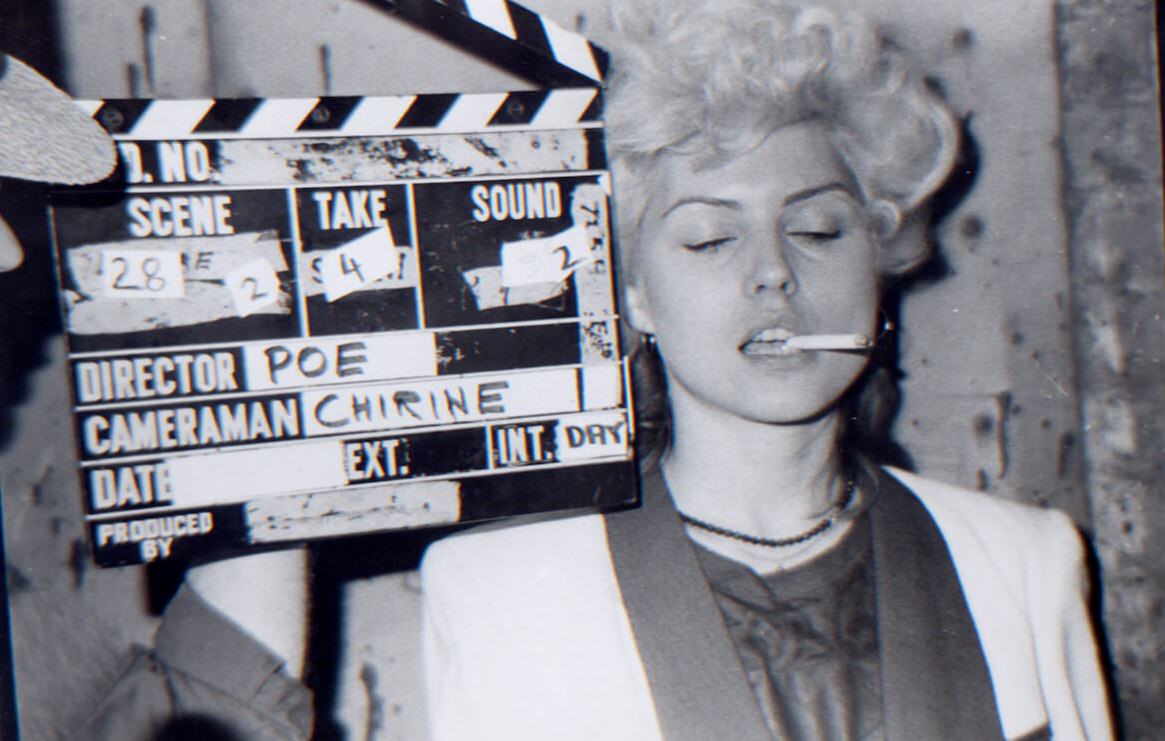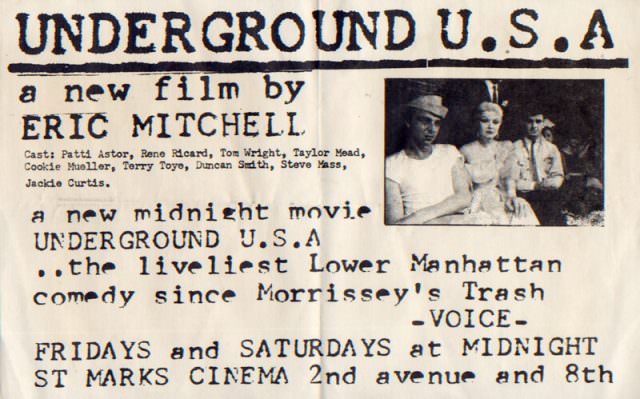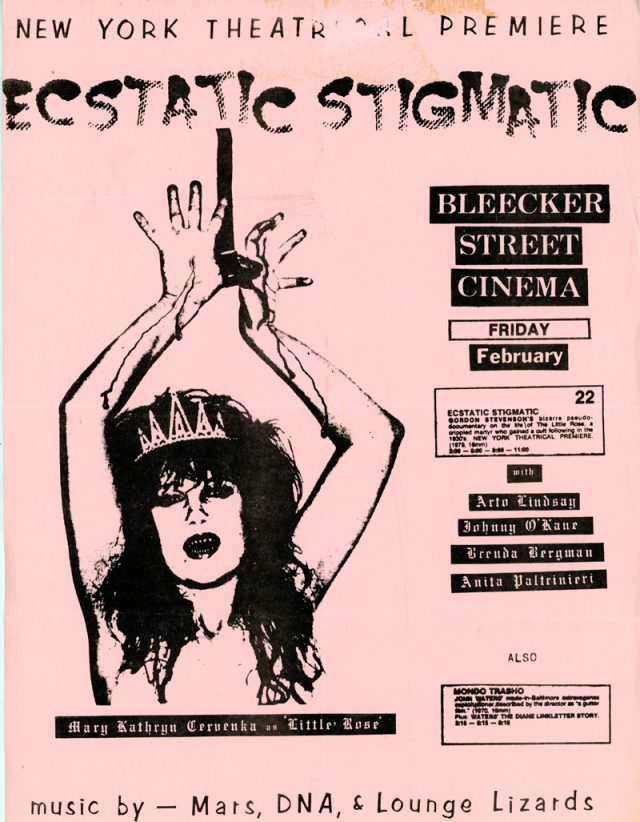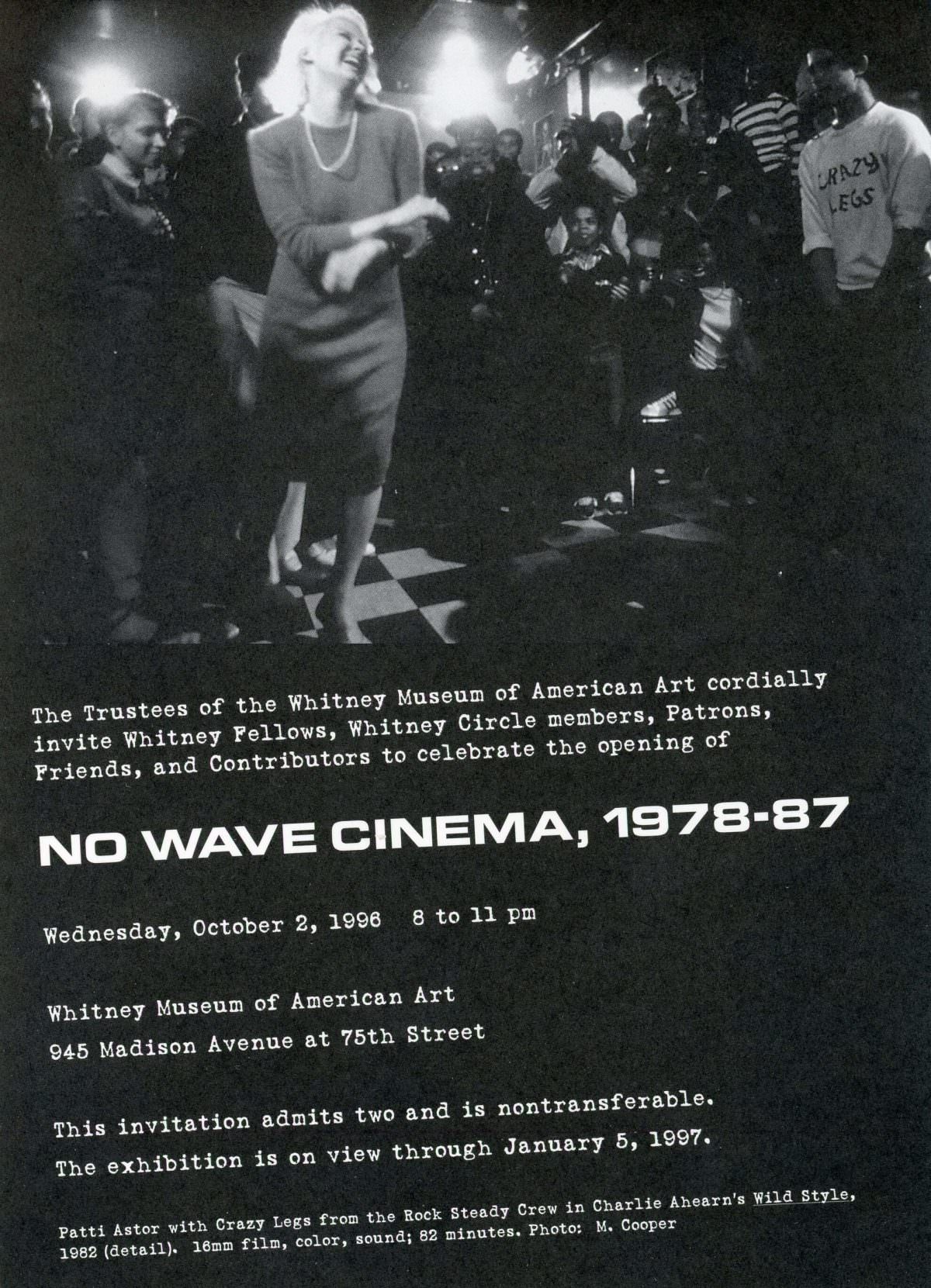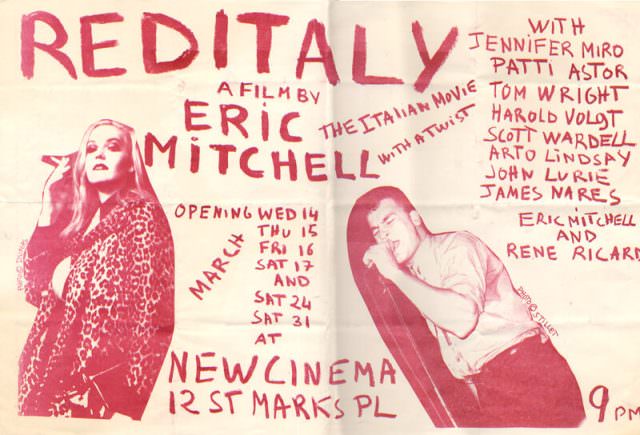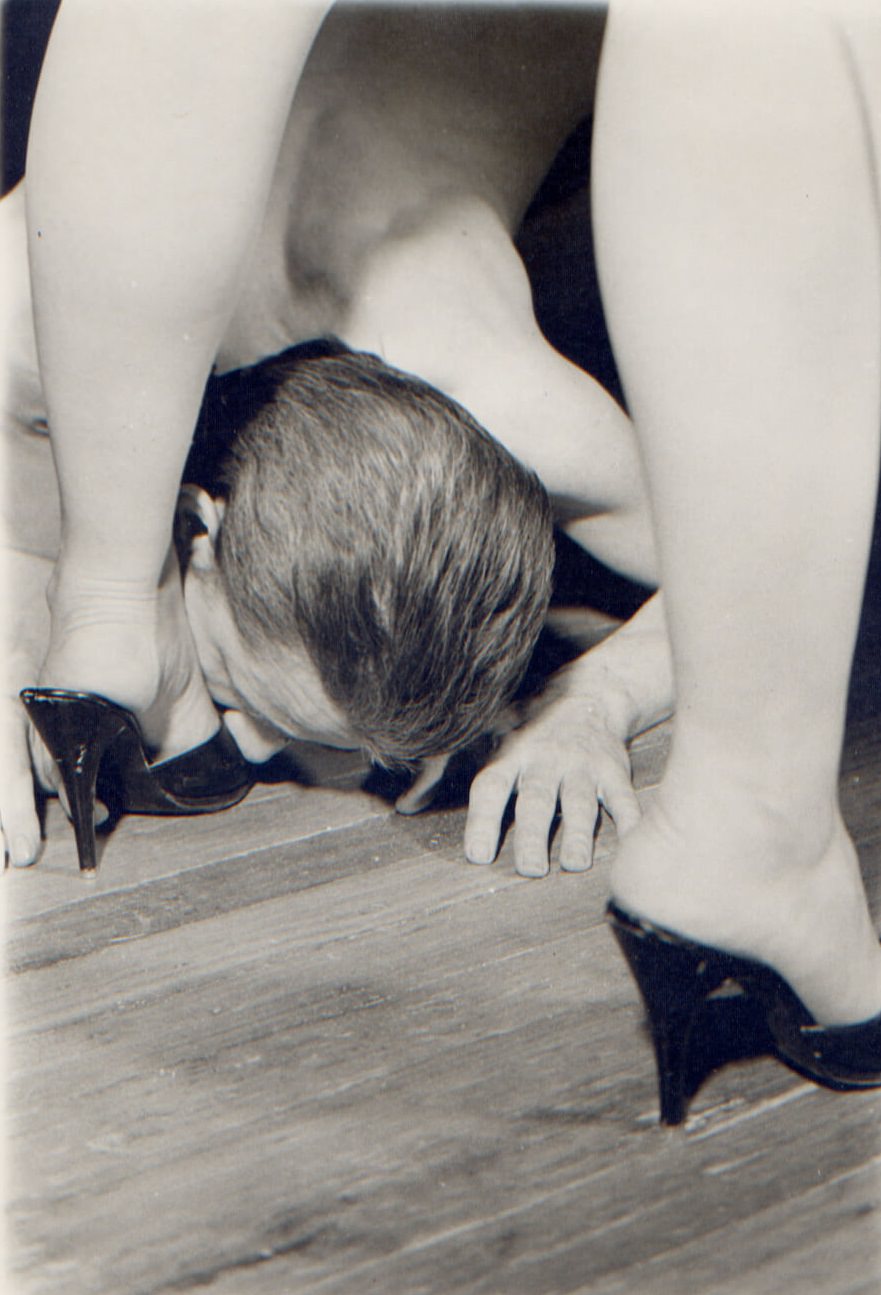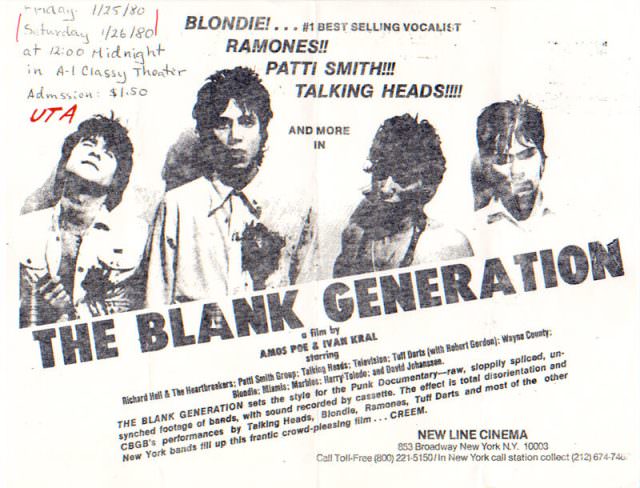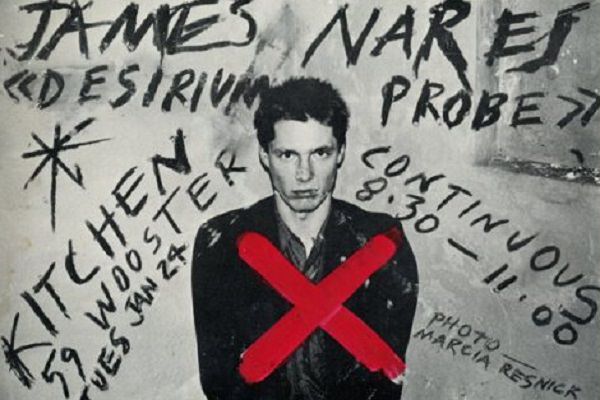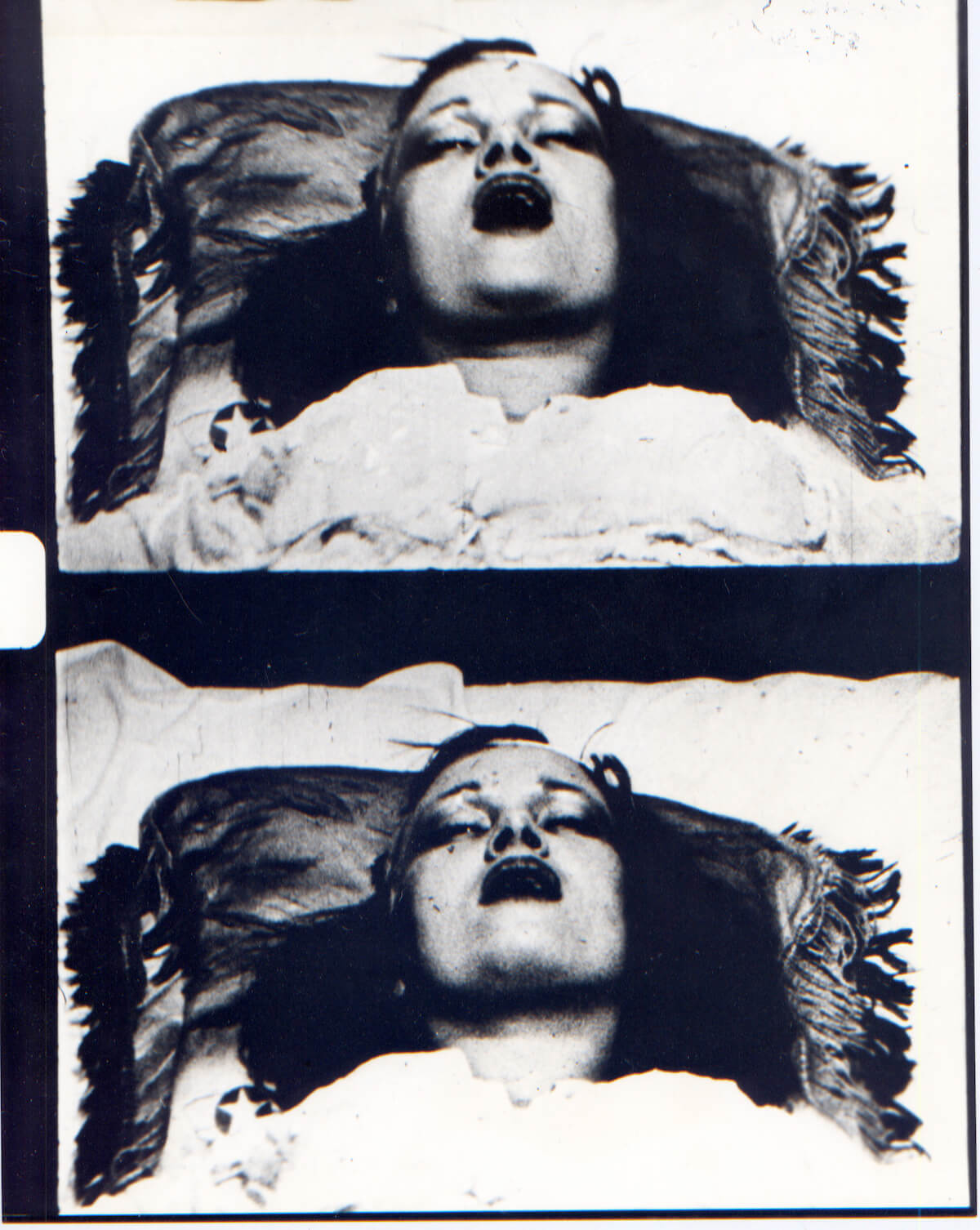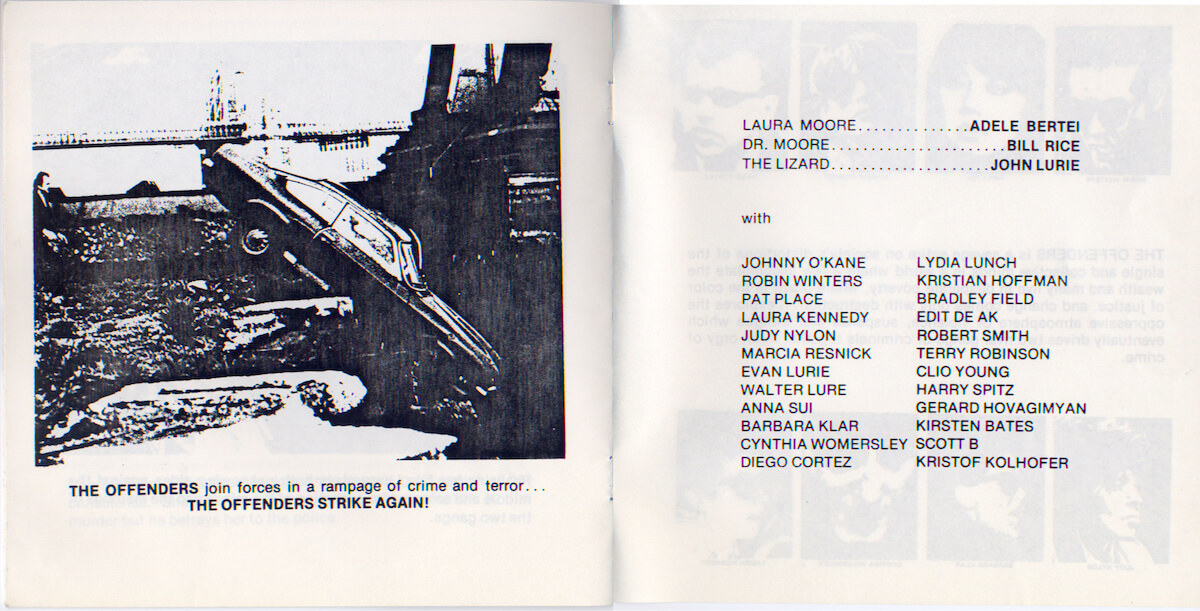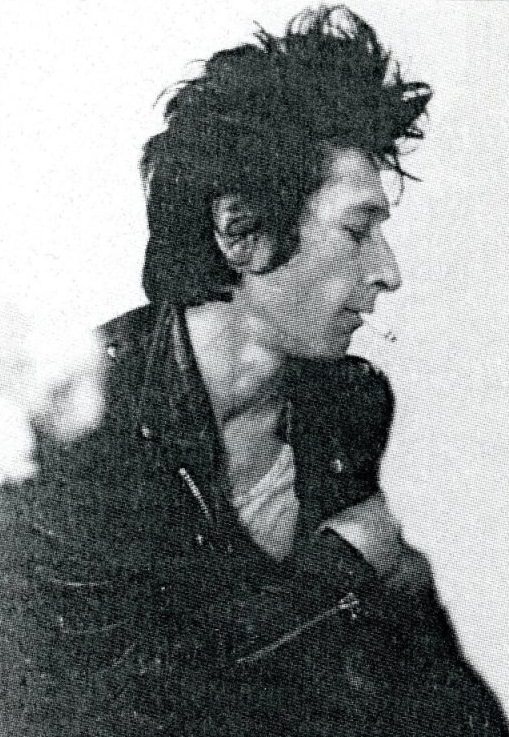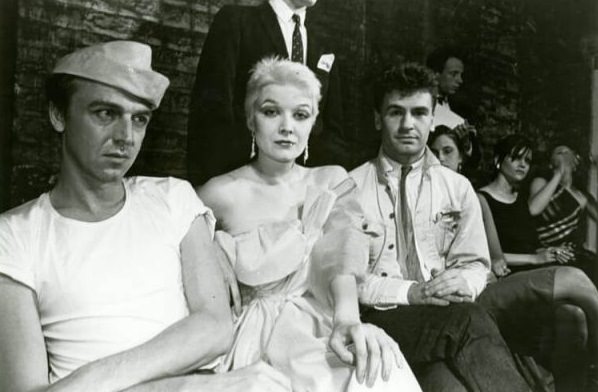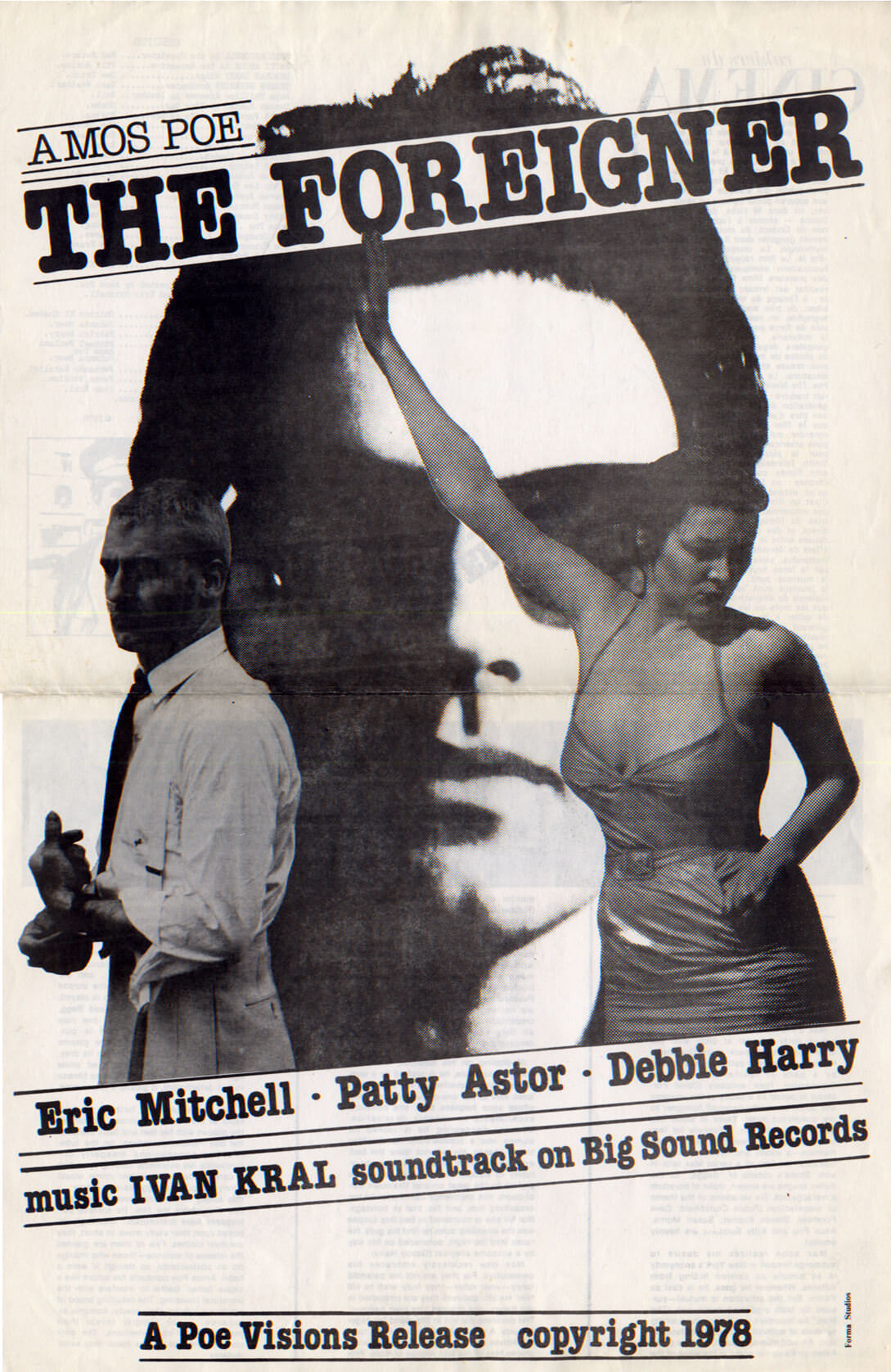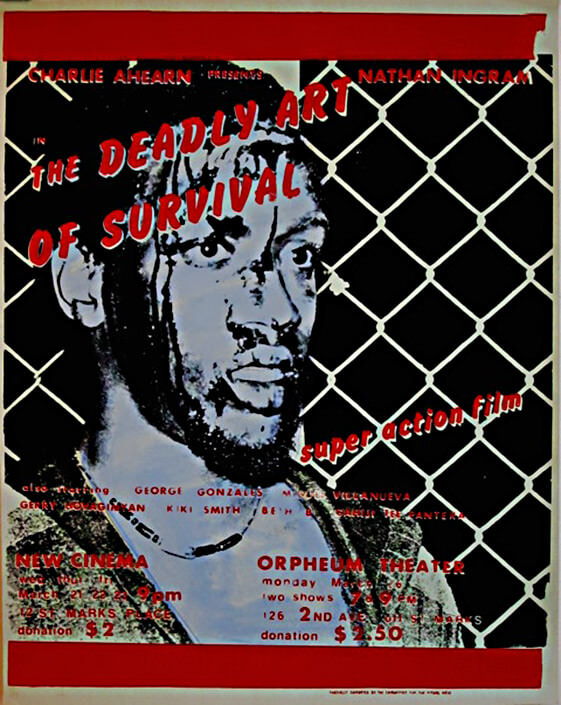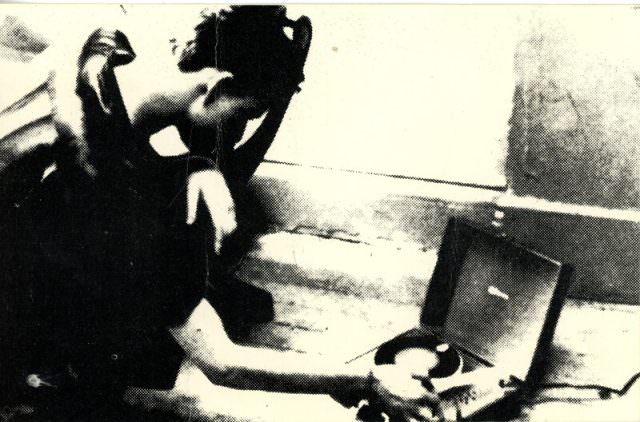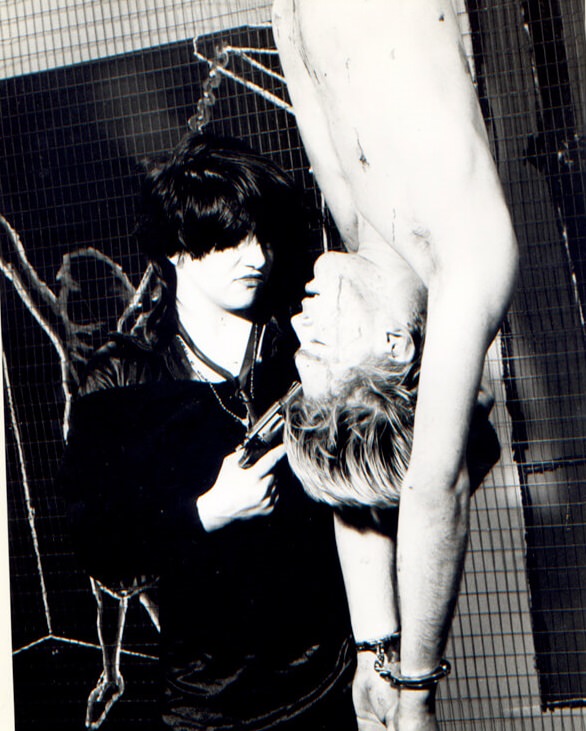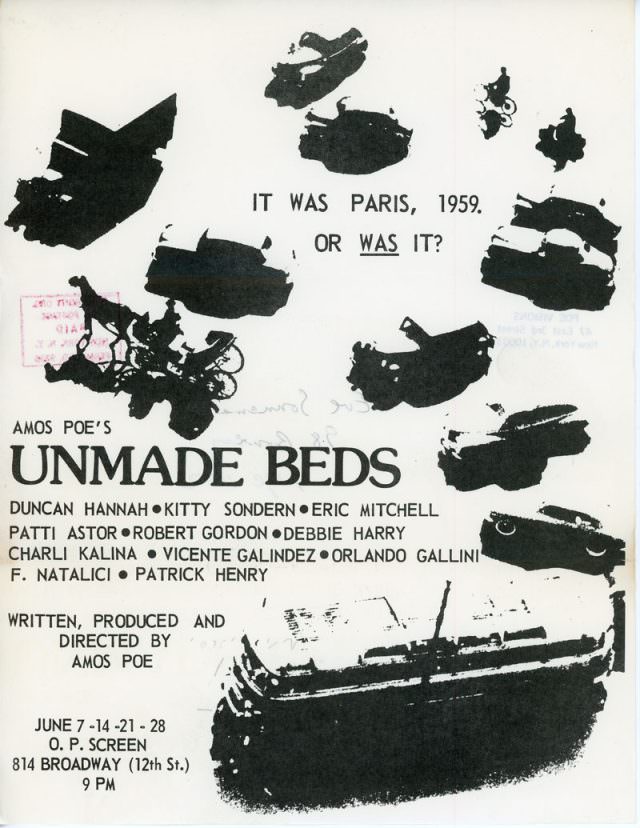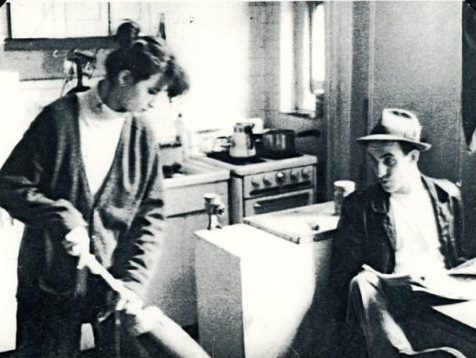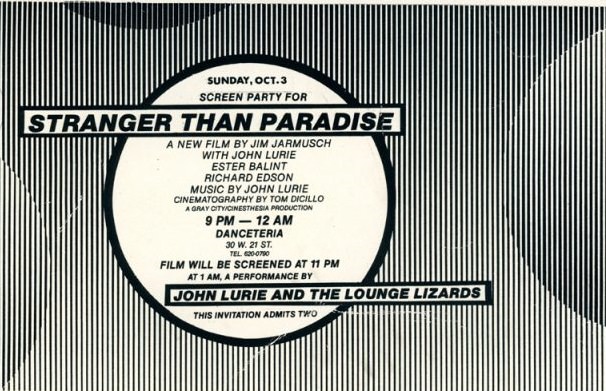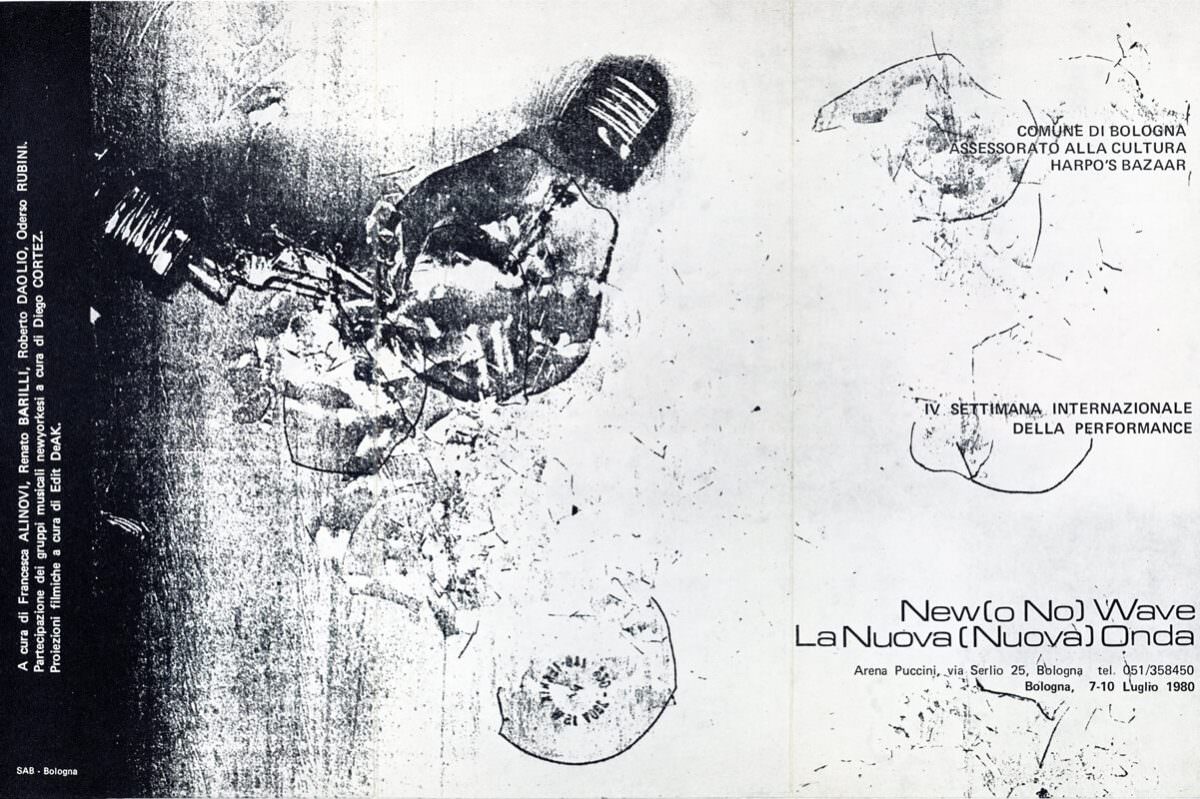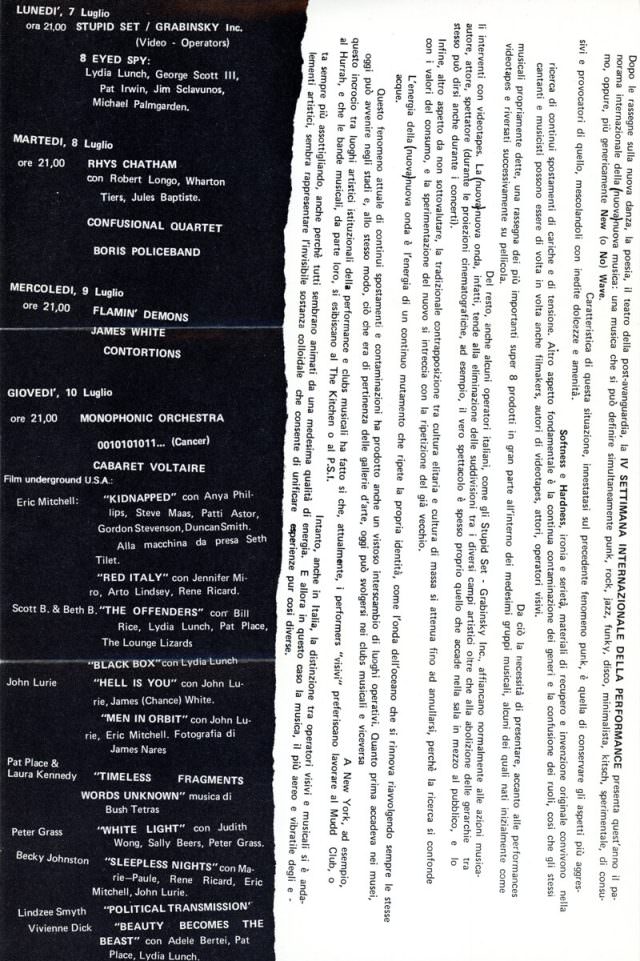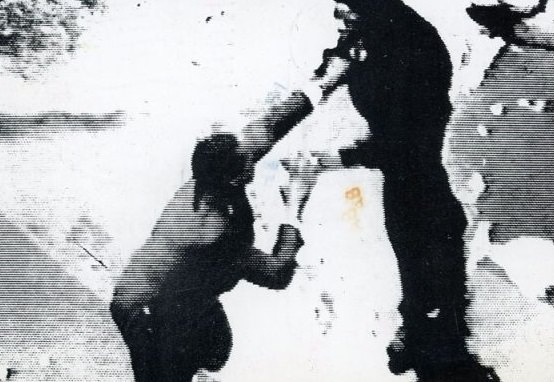No Wave cinema is a movement in independent filmmaking that emerged in the late 1970s in New York City. The movement was a reaction to the Hollywood-dominated film industry and mainstream cinema’s perceived superficiality and commercialization. No Wave filmmakers sought to create a new, more experimental, and avant-garde form of cinema that would challenge traditional storytelling conventions and push the boundaries of what was considered “cinematic.”
No Wave films are known for their gritty, raw and often chaotic visual style, as well as their non-linear and non-narrative storytelling techniques. They often feature unconventional characters, such as junkies, prostitutes, and other marginalized members of society, and explore themes such as urban decay, alienation, and the darker side of human nature.
Some of the key figures in the No Wave cinema movement include directors like Jim Jarmusch, Amos Poe, and Eric Mitchell, who created films that were heavily influenced by the punk rock and underground music scenes of the time. Their movies were low-budget, shot on a shoestring, and often shown in small, underground venues. Despite this, they gained a cult following, and their influence can still be seen in the work of many independent filmmakers today.
No Wave cinema is not for everyone, as it is often disturbing, experimental and hard to follow. But for those who are willing to embrace its raw energy, bold experimentation, and unflinching exploration of the darker side of humanity, it offers a truly unique and unforgettable cinematic experience.


